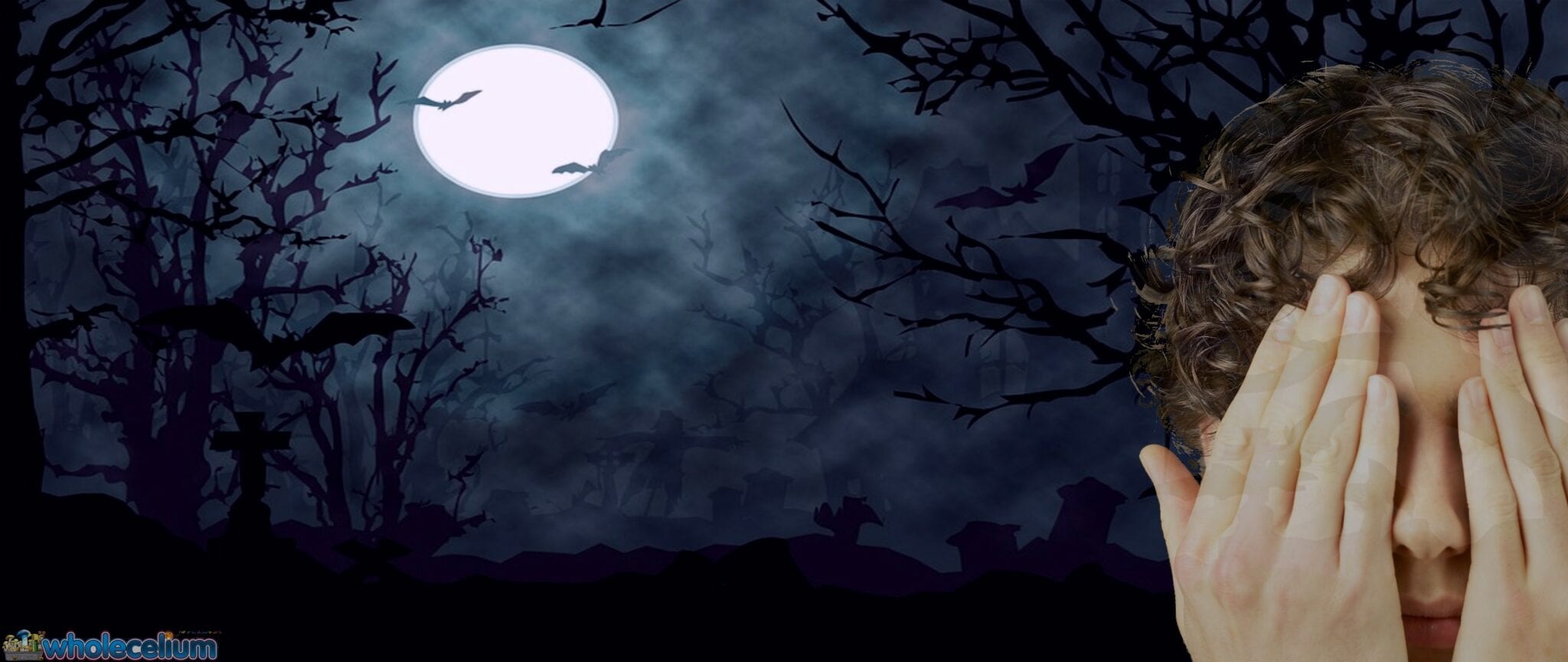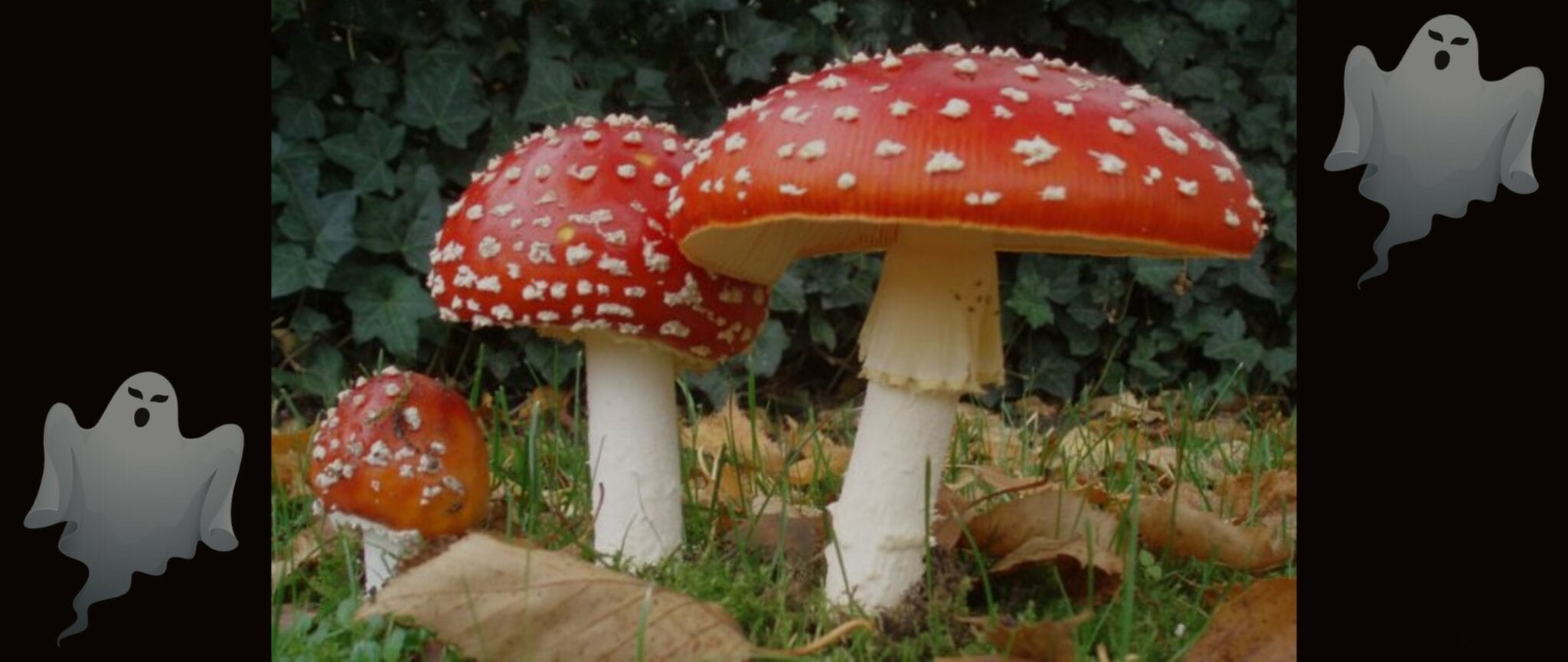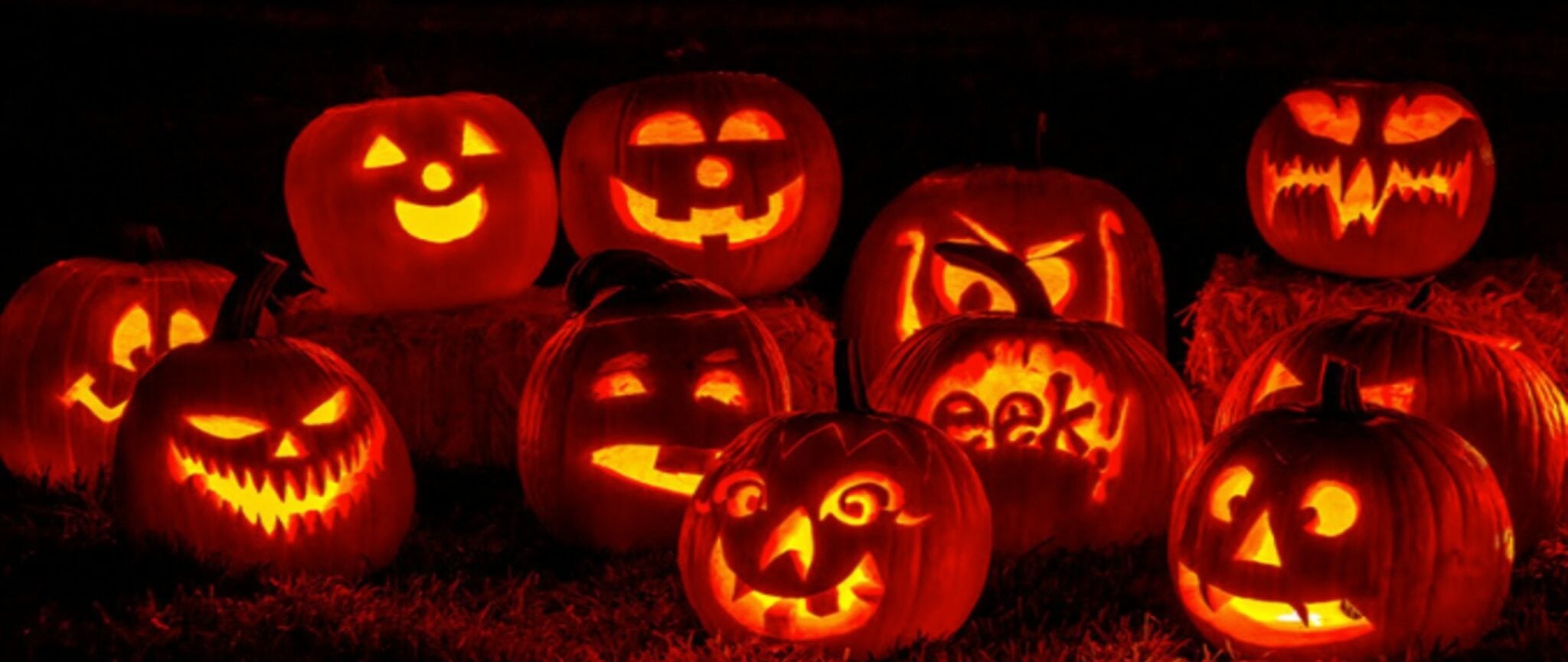It’s High Time For The History of Halloween
Well, the short answer actually is …yes. Even if you’re not into gory movies and ouija boards most people like the kitsch creepiness that Halloween bestows us every year. As a kid it means you can be less afraid of ghosts— because you dressed up as one and got candy. As an adult your biggest fear might be your boss, but why not take a break from that real fear by pretending to be scared of a plastic skeleton? Right now, maybe the spookiest time of year is actually a welcome break from the rest of it! Jeepers!

Learning The Spooky Origins
But, excuse me philosophising. Halloween is also a commercial behemoth, that generates millions of dollars, euros, pounds, yen— you name it— every year, especially in North America where it’s current form evolved. For, it is a holiday that has mutated over time, and matured from a smorgasbord of different rituals, celebrations, folklore and tradition. This year will, of course, be different from any Halloweens that have come before. So in the absence of wild costume parties and trick o’ treating, let us use this time to get learn about the ooky, spooky, trippy origins of what some dub ‘Goth Christmas’. It’s high time for the history of Halloween!
Let’s Go Back 2,000 Years…
The earliest origins of Halloween are usually traced back around 2,000 years to an ancient Celtic festival called Samhain. Samhain meant ‘summer’s end’. For ancient people the coming winter was frightening, it would be cold, dark, there could be a scarcity of food. In fact so tied to the land were these people that the 31st of October (Halloween today) was the end of the Celtic year as it was the end of the harvest. The new year, Samhain, was celebrated on the 1st of November. On this new year’s eve, the Celts believed that the veil between the living and the dead was thinner, meaning that spirits, good and bad, could pass through from the other realm. This realm included everything from fairies, pixies and leprechauns to demons, banshees and angry spirits (vampires weren’t invented yet).
Something To Fear And Something to Celebrate

This was at once both something to fear and something to celebrate. Offerings of food were laid out for wandering spirits, and people wore costumes and masks to either frighten away or confuse them. As this coincided with the end of the harvest, it was also a time when the livestock would be slaughtered. This meant that many of the costumes were made up of animal heads and skins, and the bones were burnt in large fires… bone-fires… bonfires— makes sense huh? All of these elements added up to one big party, in which it was almost expected that an undead family member might unexpectedly drop by.
Samhain During Shroom Season…Coincidence?
So far, so Halloweeny. An interesting little tidbit however. Eagle-eyed psychonauts might have noticed that Halloween falls slap-bang in the middle of ‘shroom season’. In the land of the Celts (that is Great Britain and Ireland) there were two types of magic mushroom that would be flourishing around Samhain. Both Fly Agaric and Liberty Caps are thought to have been used by druids and Celts in general for rituals and ceremonies, as well as making prophecies. Additionally, those ‘faeries’ and leprechauns must have originated from somewhere… legend has it that it is shrooms that can make them visible to mortals. And, now you mention it, what makes you feel more in touch with other realms than a good old mushroom trip?

Maybe this year, in lieu of house parties, a shroom experience is for you? If you’re inexperienced, tripping at a party where Freddy Kreuger is dancing with a sexy SpongeBob is probably inadvisable, pandemic or otherwise. So why not make like a druid, light some candles and have a chat with the fairies?
All Hallows’ Eve
Sadly for the Celts however, by around 43 A.D. the Romans had put a stop to the more mad-cap aspects of Samhain by diluting it with some of their Christian festivals. In the 8th century CE Pope Gregory IV moved All Saints Day (or All Hallows’ Day) from the 13th of May to the 1st of November, thus making the 31st of October All Hallows’ Eve.
When the Catholic Irish began to emigrate in droves to America during the potato famine (1845-1849) they bought their holidays with them. Thus the Halloween behemoth that overwhelms the US from the minute the first orange leaves fall, until November 1st, was born.
Modern Halloween is Born
For a while All Hallows’ Eve existed as a mishmash of mischief, marauding and mayhem. However, in 1913, a Kansas woman by the name of Elizabeth Krebs, sick of spooky vandals making a mess of her yard, came up with a solution. She decided to throw a big party for the neighbourhood youth, hoping that they would tire themselves out with organised frolicing. Unfortunately she underestimated how violently they could frolic, and the town was trashed yet again. Undeterred, in 1914 Mrs Krebs decided to throw an even BIGGER party, hiring a band, organising a costume contest and parade, roping in the whole town. This time it worked, and the town enjoyed a festive rather than frightening Hallows’ Eve. Thus, modern Halloween was born.

Something For Everyone
Nowadays Halloween has something for everyone, a secular holiday that can be whatever you choose to make it. Scare yourself silly watching Scream or carve a pumpkin with your friends. There remains however, a feeling of transformation and mystery. The turning of the seasons, the start of the chilly conga down to Christmas— even the characters associated with Halloween are creatures of change. Putting on a costume alone is a transformation, but that the most popular ones are werewolves, vampires and witches— all shape-shifters— speaks volumes. Even ghosts tick the box, having passed from the land of the living and to the afterlife, capable of flitting between.
A Good Transformation

A mushroom trip can also be transformative, in a good way. You are unlikely to turn into a wolf. As we mentioned before, a spooky shindig might not be the best place to trip out. But, maybe this year you can harness Halloween/ All Hallows’ Eve/ Samhain’s transformative power by having a go at home. After all, as the druids knew, ‘tis the season!
Celebrate in style with our Halloween Combo Pack— Druid truffles for a Samhain session! ?





